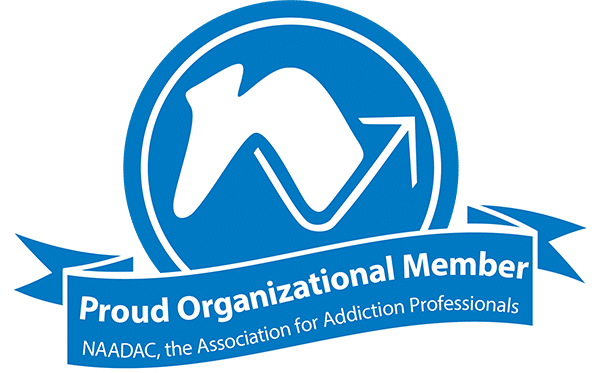Spice isn’t just cumin or paprika; the term “Spice drug” often refers to K2, a form of synthetic marijuana, a drug meant to mimic the effects of THC while evading marijuana laws or tests for the substance. These drugs, intended to be “legal highs,” are often marketed under the labels of“ herbal incense” or “potpourri.” These products are misused because of their psychoactive qualities, and they are packed without warnings about the health and safety dangers. This article will explore what you need to know about the spice.
What is K2 Spice?
K2, a street drug popularly known as “spice,” is a form of synthetic marijuana, fake weed. It’s a blend of shredded plant material (like herbs or potpourri) sprayed with JWH-018, an analgesic chemical that acts on some of the brain’s cannabinoid receptors. In shops, it’s often referred to as “herbal incense” to take advantage of legal loopholes. To that same end, the packaging will also say “not for human consumption.”
However, this label is more honest than shady K2 suppliers admit – spice is dangerous, known for causing alarming side effects like heart palpitations and extreme paranoia. The Drug Enforcement Agency classifies many synthetic cannabinoids, including JWH-018, as Schedule I substances—no accepted medical use, high abuse potential.
Is Spice Dangerous?
Yes, Spice is highly dangerous. Although marketed as a “legal high” or “safe alternative” to weed, the chemicals used in K2/Spice can cause serious physical and mental health problems. Side effects range from extreme anxiety, hallucinations, and paranoia to seizures, kidney damage, heart issues, and even death. It also comes with addiction potential, including physical dependence.
According to one study on K2 spice, it can bring on “…psychiatric and neurologic disorders,” and has a “…high potential to trigger convulsive crisis, a decline in consciousness, and hemodynamic changes.” Another study (this one on mice) found that consumption of K2 and other forms of synthetic marijuana can lead to psychiatric disorders later in life. Interestingly, the study also found that the drug’s effects on anxiety depended on the sex of the mice. Male mice showed problems with filtering out unnecessary information (a process linked to sensory processing), while female mice did not. This issue in males was tied to changes in specific brain areas related to decision-making and emotional regulation.
Because the chemical makeup of Spice is constantly changing, users never know exactly what they’re consuming. Even one use can result in a medical emergency. For these reasons, Spice has been linked to countless hospitalizations and is banned in many states and countries.
"*" indicates required fields
Fill out the form below and one of our admissions team members will reach out to you:
"*" indicates required fields
Effects of Spice
The effects of Spice can be intense, unpredictable, and often more dangerous than natural marijuana. While some users initially experience a short-lived high or sense of relaxation, the drug’s synthetic chemicals can trigger severe and even life-threatening reactions.
Common Short-Term Spice Drug Effects:
- Rapid heart rate and elevated blood pressure
- Extreme anxiety, agitation, or panic attacks
- Confusion, paranoia, and hallucinations
- Nausea, vomiting, and dizziness
- Seizures or tremors
- Violent or erratic behavior
Long-Term and Severe Spice Drug Effects:
- Memory loss and cognitive impairment
- Psychosis or schizophrenia-like symptoms
- Heart problems, including heart attack
- Kidney failure or other organ damage
- Increased risk of addiction and withdrawal symptoms
- Death in extreme cases
Because the contents of each Spice product can vary dramatically, even a single use may lead to serious health consequences. Unlike marijuana, Spice is not a natural substance, and its effects are often far more dangerous and unpredictable.
Why Is Spice Still Sold?
A quick Google search of “buy herbal incense” will yield pages of results for websites selling K2 spice. Despite it being illegal, Spice is still sold because of legal loopholes, misleading packaging, and high demand for “legal highs.” Manufacturers constantly tweak the chemical formulas in Spice to stay one step ahead of drug laws. When one version of a synthetic cannabinoid is banned, a slightly altered version is created that isn’t yet illegal. In this new age of gas station drugs, synthetic cannabinoids, and other novel substances, it’s a constant game of whack-a-mole between drug dealers and the authorities.
Is Spice Addictive?
There is some evidence that it might be. A 2021 paper in the British Journal of Pharmacology found that repeat use of K2 caused several concerning effects in lab studies, including:
- Anxiety, avoidance behaviors, short-term attention problems, and withdrawal symptoms.
- Reduction in natural activity levels and a lowering of the number of dopamine-producing brain cells in a key brain region (the ventral tegmental area)
- Changes in dopamine production: decreasing it in one part of the brain (the nucleus accumbens shell) and increasing it in another part (the nucleus accumbens core) after a new dose of JWH-018.
Finally, certain brain regions showed signs of inflammation and damage, including increased activity of brain-support cells (astrocytes and microglia) and a drop in cannabinoid receptor levels.
In short, repeat use of spice alters brain chemistry, reduces dopamine activity, blunts pleasure responses, and causes brain inflammation—all of which may contribute to long-term mental health issues and addiction.
Signs of Spice Use or Overdose
Recognizing the signs of Spice (K2) use or overdose can be challenging because the drug’s effects vary widely depending on the batch. However, there are several common symptoms that may indicate someone has used or overdosed on Spice:
Signs of Spice Use:
- Red or bloodshot eyes
- Drowsiness or lethargy
- Confusion or disorientation
- Agitation, paranoia, or extreme anxiety
- Rapid heart rate or chest pain
- Unusual or erratic behavior
- Hallucinations or delusions
Signs of Spice Overdose:
- Seizures or convulsions
- Vomiting or severe nausea
- Trouble breathing
- Sudden collapse or loss of consciousness
- Violent outbursts or self-harming behavior
- Pale skin, excessive sweating, or shaking
- Unresponsiveness or coma
Because the contents of Spice can vary so much, even small doses can lead to life-threatening reactions. If you suspect someone is experiencing a Spice overdose, seek emergency medical help immediately.
Treatment for Spice Drug Addiction
Spice may be marketed as a legal or harmless alternative to marijuana, but its unpredictable chemical makeup and dangerous side effects tell a very different story. From intense anxiety and hallucinations to seizures, organ damage, and even death, the risks of using K2 Spice are real and potentially life-threatening. Its constantly evolving formulas make it difficult to regulate and even harder to treat, contributing to a growing public health concern.
If you or someone you care about is struggling with Spice drug use, don’t wait—professional treatment at a drug and alcohol rehab in Hamilton, NJ can provide the support and guidance needed to break free from this dangerous drug and start on the path to recovery.










